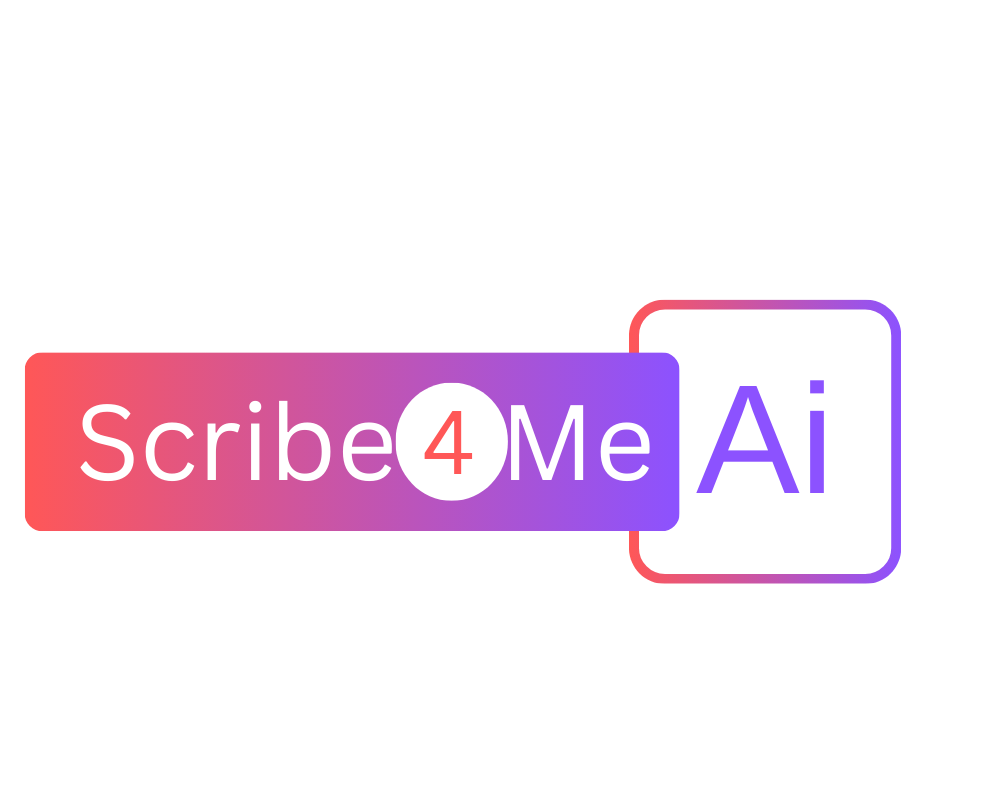

Enhancing Physician-Patient Interactions With AI-Assisted Documentation
While EHRS promise better care and efficiency, they’re increasingly linked to lower productivity, strained patient interactions, and widespread burnout. Documenting care while trying to engage with the patient during a visit overwhelms physicians, leading to frustration and impaired communication. Do you often find yourself typing at the computer, leaving little time to connect with your patients? We’ve got a solution. Using an AI scribe to automate documentation not only reduces administrative burden but also enhances physician-patient interactions and fosters better connections with patients. In this blog post we will discuss how an AI scribe can improve communication, strengthen physician-patient relationships and create a more personalized healthcare experience.
Reducing Documentation Burden
For many physicians, managing electronic health records can be a time-consuming and stressful task. AI scribes help ease this load by automatically transcribing patient interactions and generating visit notes in real-time. This means physicians no longer have to type the notes into the EHR instead they can focus on listening to their patients’ concerns and providing thoughtful care. This shift in attention allows physicians to build trust and establish stronger relationships with their patients.For many physicians, managing electronic health records can be a time-consuming and stressful task. AI scribes help ease this load by automatically transcribing patient interactions and generating visit notes in real-time. This means physicians no longer have to type the notes into the EHR instead they can focus on listening to their patients’ concerns and providing thoughtful care. This shift in attention allows physicians to build trust and establish stronger relationships with their patients.
Boosting Engagement During Visits
When physicians are busy taking notes or navigating EHR screens, it’s easy for patients to feel ignored. AI scribes remove this barrier by managing documentation efficiently behind the scenes. With this task off their plate, physicians can focus fully on the patient - maintaining eye contact, listening attentively, asking meaningful questions, and picking up on non-verbal cues. This undivided attention reassures patients that their physician is fully present and committed to their care. As a result, patients leave feeling heard and valued.
Building Patient Trust
Patients need to feel that their physicians genuinely care about their well-being. When physicians are preoccupied with documentation, it can be hard for patients to trust that they’re getting the attention and quality of care they rightly deserve. AI scribes can help bridge this gap. By freeing up time and mental bandwidth for physicians, they enable deeper, more empathetic conversations with patients. Over time, this undivided attention fosters trust, strengthens the physician-patient relationship, and enhances the overall patient experience.
Preventing Physician Burnout
Physician burnout is a growing concern and one of its main contributors is the overwhelming amount of administrative work. AI scribes ease this strain by automating documentation, allowing physicians to get through their day with less stress. When physicians feel less fatigued, they’re able to approach patient care with greater energy and empathy. This shift in mindset not only improves physician-patient interactions but also enhances the quality of care and supports physician well-being.
Providing More Personalized Care
With less time spent on documentation, physicians can focus on understanding each patient’s unique needs. They can ask about lifestyle factors, answer questions, and discuss treatment options more thoroughly. AI scribes give physicians the breathing space they need to connect on a personal level with their patients, allowing for meaningful conversations that go beyond just medical concerns. This personalized approach not only improves health outcomes but also establishes trust and rapport throughout the entire care process.
Making Workflows Smoother And More Efficient
AI scribes do more than just automate documentation and reduce administrative burden – they also help streamline clinic workflows. By reducing the time spent on documentation, AI scribing tools allow physicians to see more patients without feeling overwhelmed. Additionally, they integrate smoothly with most EHR systems, ensuring that notes are accurately updated without requiring extra effort. This leads to shorter patient wait times, more efficient practices, and an overall better healthcare experience.
Conclusion
AI scribes are changing the way clinical documentation is handled, allowing physicians to shift their focus back to their patients. From reducing documentation burdens to fostering trust and engagement, these tools make it easier for physicians to connect better with their patients and enhance care delivery. As this technology keeps getting better, its ability to improve physician-patient interactions will only grow. To sum up, AI scribes aren’t just changing the way physicians work—they’re bringing care back to its true purpose - the patient.
Is your practice looking to enhance physician- patient interactions and improve care quality? With Scribe4Me AI, you can reduce your documentation burden, boost patient engagement, and create more meaningful connections with your patients. Get started with a free trial today and experience the Scribe4Me AI difference!


